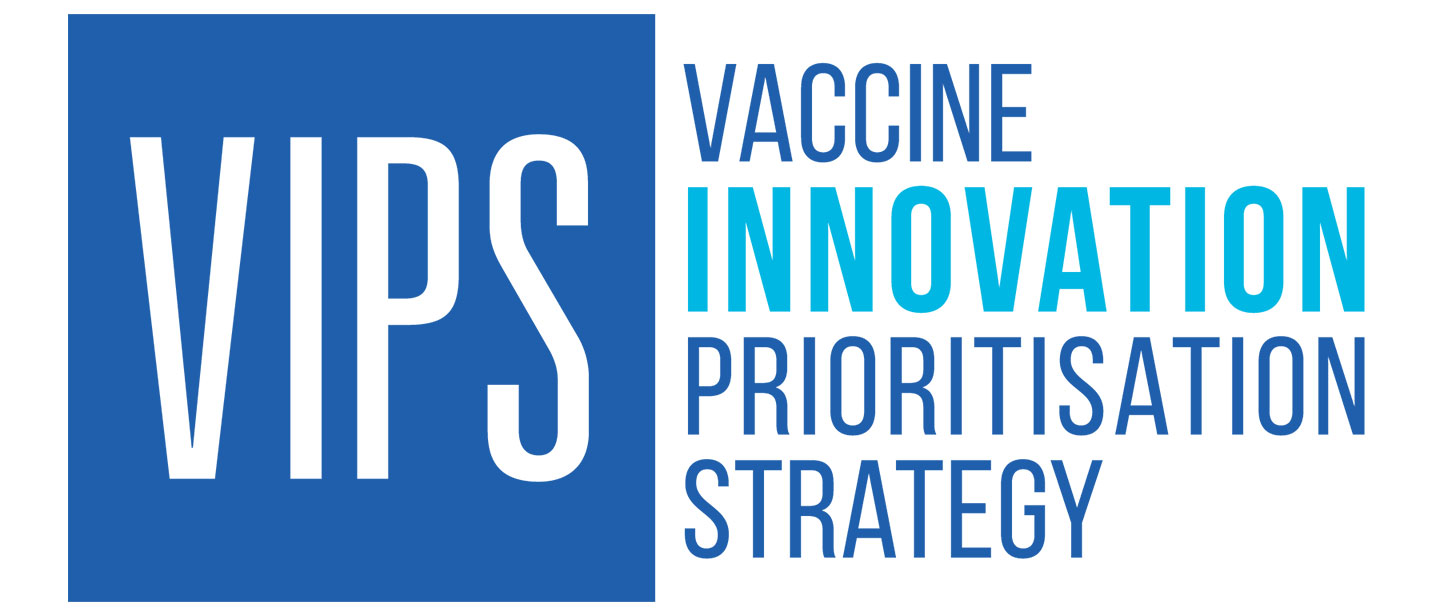Below, I have listed the MAP vaccines in order priority and provided the rationale for their position in the ranking.
1) MR MAPs: MR MAPs has by far the highest priority in my view and the reason is that a CTC MR MAP would revolutionize measles elimination. A measles preventive mass-campaign delivered with the help of MR MAPs would take on most of the attributes of oral vaccine campaigns such as OPV and OCV. Vaccinators could be recruited from among CHWs and volunteers with limited to no health care training as the application of a MAP is simple and the risk of AEFI for wrong injection technique or reconstitution have been eliminated. The required training of vaccinators would be practical and not take more than 1-2 hrs. This means measles campaigns could engage many more vaccinators and vaccinate more children within shorter time. If the MR-MAP can be handled outside of the cold chain for days, which is likely, then stocks of MR MAPs could easily be pre-positioned for the MR campaigns and it would be easier to re-supply vaccination teams if and when the run out of MR-MAPs. Measles campaigns continue to be critical for maintaining population immunity in many LMICs, has been so for the last 20-25 years and this situation is likely to continue in the coming decades. If MR MAPs were to be used primarily for SIAs/campaigns while regular injectable MR is used for RI, then it would allow for a global supply mechanism of MR-MAPs for preventive and reactive measles campaigns which could include a separate funding and approval mechanism as well. I have not yet seen an estimate of how many MR MAP doses would be needed if all injectable MR doses delivered through campaigns were to be replaced by MR MAPs. This is an important modeling exercise that needs to be done. Vaccination campaigns, although necessary, tend to be disruptive in LMICs. Health workers are pulled from their regular responsibilities and RI services tend to suffer during campaigns. Preventive measles campaigns are frequent in countries with low MCV coverage, typically every three years. There is often a need to conduct outbreak response MCV campaigns in between the preventive campaigns. MR MAPs would means faster and less disruptive campaigns and better measles control (higher population coverage).
Because of measles virus virulence and infectivity, it is the antigen that requires the highest population coverage to achieve effective control and elimination of disease. To achieve the very high coverage needed for measles control requires that unvaccinated children and children with primary vaccine failure have opportunities for measles catch-up vaccination. MR MAPs would make this more feasible. WHO recommends that countries should put in place immunization status checks at school start and provide catch-up doses to children who don't have vaccination records. School-enrollment is now very high in most countries with the exception of those affected by conflict, and gender distribution tends to be neutral in most environments. If measles vaccination status were to be checked at school start as a first step towards full immunization status checks, then all children who lack documentation of measles vaccination could receive a catch-up vaccination with a MR MAP. Many children would no longer have their HBR at the time of starting school at 5-6 years of age and many children with measles immunity would therefore have to be vaccinated with MR MAPs. That would not in itself be a problem since MR is a very safe vaccine, particularly doses after the first dose, and administration of MR with MAPs would bring the risk of AEFI close to zero. There is a cost issue but since school start vaccination with MR MAPs would reduce the need for preventive campaigns to keep population immunity above the epidemic threshold, that cost is likely to be off-set by longer intervals between preventive campaigns and in the end cessation of preventive campaigns>
Vaccination against measles for conflict affected population groups and communities in humanitarian settings represent another important use-case for MR MAPs. This is a group of unvaccinated children that continue to grow and for whom with have yet to find sustainable solutions for immunization. It is often very challenging to get HCWs into these situations and to get in vaccine that requires cold chain. MR MAPs (and any other antigen MAP) would allow for vaccination to be carried out in conflict and humanitarian settings by staff with limited health training who have access to the populations of concern. Increasingly, health workers are under attack in conflict settings which has made the delivery health care increasingly difficult.
I think that if someone looked at the annual quantities of MR MAPs that would be required for preventive and responsive campaigns and vaccination in conflict and humanitarian settings to be carried out with MR MAPs instead of injectable MCV, these would exceed the quantities estimated in an abstract that is about to be presented at a conference on MAPs link
2) The 2nd priority MPA is in my view HPV-MAP. Almost all cervical cancer r and an increasing proportion of anal, and head and neck cancers in both men and women are caused by HPV. HPV induced cancers are almost entirely preventable with a single dose of HPV to both pre-adolescent girls and boys. However, the delivery of HPV vaccine to this group has proven both difficult and expensive in LMICs. A HPV-MAP could change that dramatically and would mean that HPV cancer elimination could become a reality.
3) IPV-MAP was not priorities in the exercise you conducted but I believe that an IPV-MAP is the key to changing the trajectory of polio eradication. If the development of an IPV MAP were to cost U$200m, that would still be just 20% of what GPEI spends on polio eradication, which doesn't include costs for the delivery of IPV through RI.
4) Neisseria meningitidis A,C,W,Y
5) Yellow Fever

